Part 106: The Looming of World War – 1936
Hearts of Iron 4Chapter 1 - The Looming of World War
The year is 1936, and the world stands at the edge of a precipice, staring down into an abyss of old rivalries, irreparable insults, festering wounds and world-spanning ambitions.

Despite periods of unrest and turmoil, Al Andalus has retained its position as one of the Great Powers, reborn as the Socialist Union of Iberia. A former soldier, revolutionary and political theorist has risen to dominate this union, with Maz Mazin ruling as Supreme Leader of Iberia, with the autocratic ruler labelled a dictator by critics and rivals, both within the peninsula and without.


Maz Mazin has managed to assert his rule over the Iberian peninsula, and though the underlying agitation occasionally bubbles to the surface, the Supreme Leader has managed to keep his populace in tow through relentless propaganda and fear-mongering campaigns.
And with the Frankish Realm looming large to the north, many would argue that the fear-mongering was well-justified.


Led by Jacques Vernier, the Frankish Realm boasts the largest army in Europe, along with immense manpower reserves to draw from, in addition to their impressive industrial base and respectable navy. The fascists have no shortage of enemies, however, as their call to unite the continent under Paris has been met with scorn and alarm in equal parts.
Needless to say, l’Commandant’s promises to revive the Frankish empire of old will soon be tested.



Emerging as one of their major rivals, however, the Franks will have to keep a cautious eye on the south, where the Almoravid Sultanate of Morocco desperately attempts to preserve the status quo.


With Ajjedig Almoravid seizing the reigns of power at the turn of the century, Morocco has undergone an impressive revival in recent years, expanding their army and navy in an effort to match the growing strength of their rivals. The sparsely-populated Maghreb has made that task harder than ever, unfortunately, with the region still suffering from the widespread devastation inflicted during the Great War.




That said, the Almoravids have never really drawn their power from the Maghreb, with their overseas colonies in East Africa and India providing them with the soldiers and money to wage their wars, despite the near-constant eruption of mutinies and rebellions.
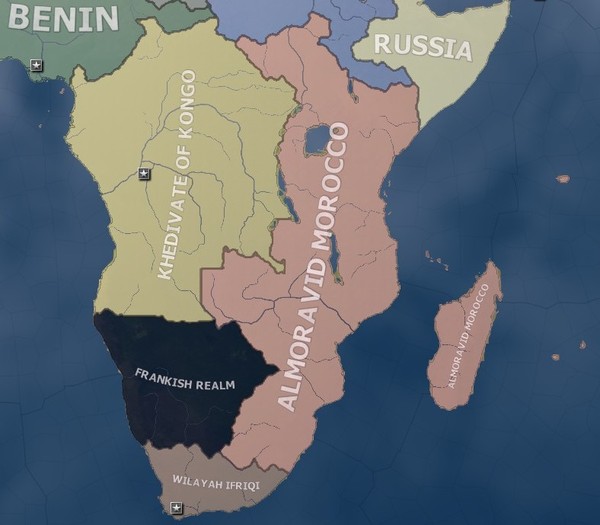
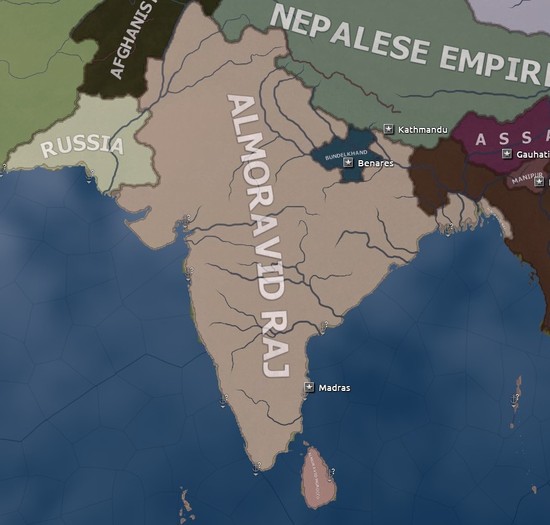
By far their most profitable possession, however, has to be the dominion of Usturaliya, a highly-populated and resource-rich behemoth that stretches across Indonesia and Oceania, challenged only by Frankish possessions in Indochina and Australia.

The Franks have devoted little attention to their overseas territories, however, with their ambitions largely devoted to the European mainland. Over the past ten years, however, their grand aspirations have been held in check by Russia, perhaps the only undisputed victor of the Great War.


Despite boasting the largest industrial capacity in Europe, the Russians have gradually drifted towards an isolationist policy in recent years, with the rise of socialism turning the electorate against foreign entanglements and costly conflicts — a development that has been met with resounding applaud in Paris, no doubt.




And though Smolensk will have their guns pointing west, they would do well to keep a wary eye on their southern border, where the Balkan Federation has gradually been solidifying their rule, expanding their industries and drawing up ambitious warplans.


Nonetheless, the Presidium of Belgrade still can’t hold a candle to their formidable neighbours, with a series of corruption crises also damaging their popularity at home, making their position untenable without extensive reform.
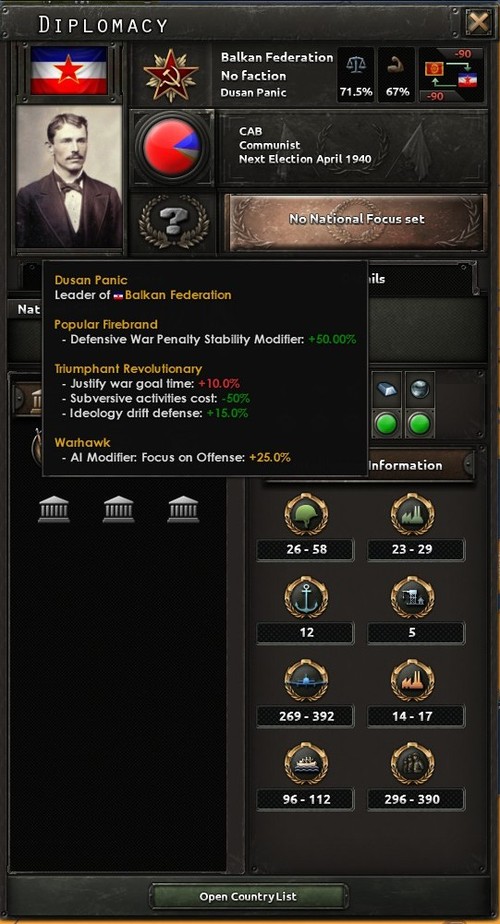

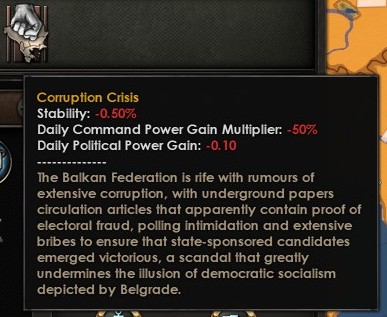
And smack in the middle of everyone is the German Reich, with their defeat and castration during the Great War giving rise to an escalation of tensions and extremist parties, with the feuding liberals, socialists and fascists now embroiled in a conflict that promises to explode into civil war.
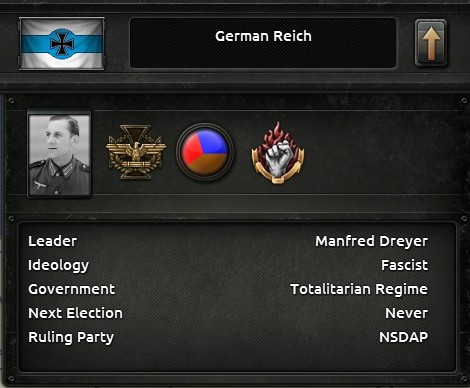

To the south, meanwhile, Marrakesh maintains a cautious approach with the Kingdom of Benin, the last remaining native power in Africa. The kingdom’s recent defeats have led to rising fascist sympathies, however, with radical demagogues and firebrands calling for war with the Khedivate of the Kongo, left severely weakened in the aftermath of the Great War.
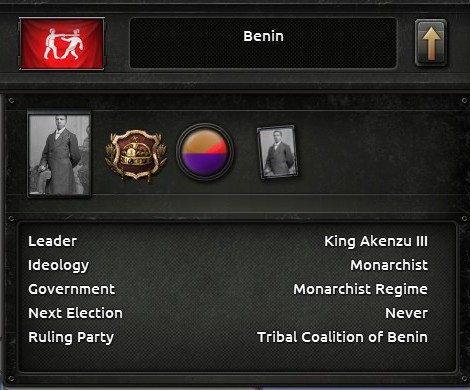
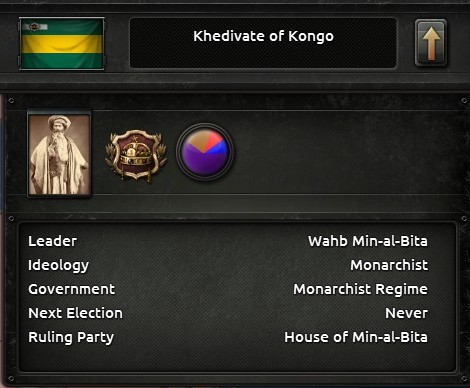

Pushing eastward, the Treaty of Prague has established a new balance of power in the Middle East, with the Crusader Kingdom of Egypt and the Vali Emirate rewarded with Jerusalem, Lebanon, Syria and Jordan, whilst the Khwarezmian Empire was placated with western Afghanistan.
Tensions over the finer details of this treaty have surged in recent years, however, with new lines being drawn between the former allies and friends.


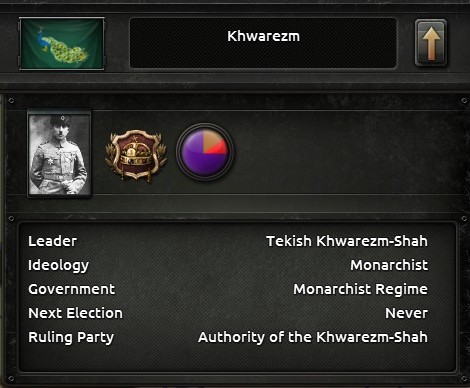

And even further east, we come to the Empire of China, which was reunited under the Guang dynasty in the dying years of the nineteenth century, ushering in a honeymoon period that would come to an end far too quickly, far too soon.
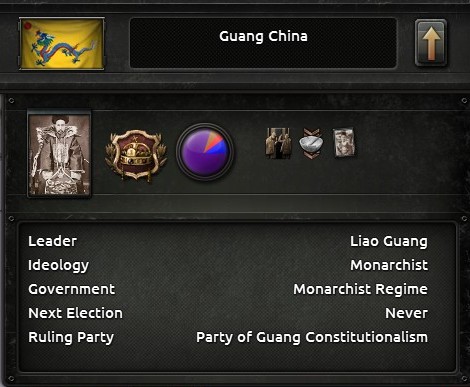
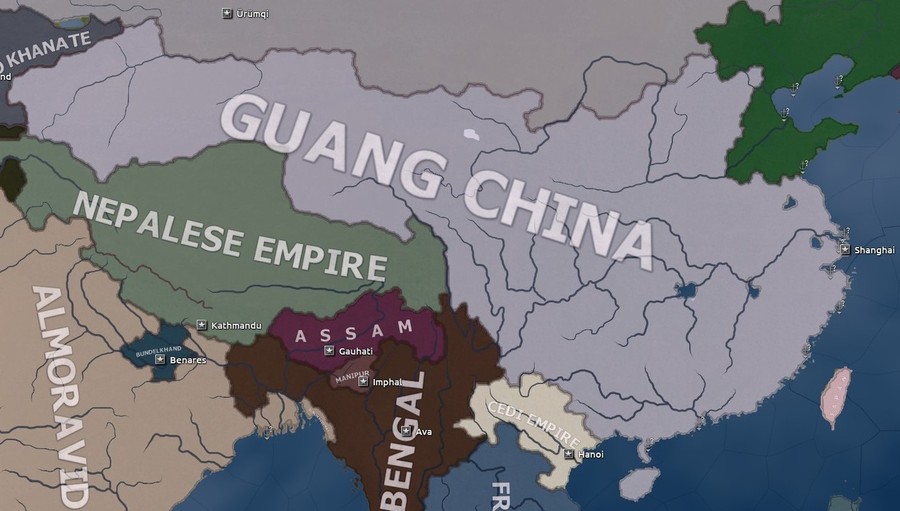
Having suffered a series of decisive defeats to Japan, Mongolia and Yereven in the past decade alone, the Guang are firmly on the decline, with their humiliating losses matched only by the immense devastation, widespread famine and internal dissent borne from them.


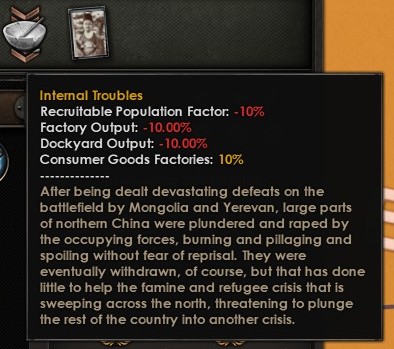
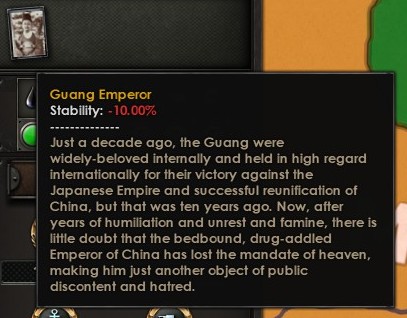
And that won’t be the end of it, with rumours spreading of a revival in Mongol-Yereven relations in recent months, perhaps in anticipation of a renewed invasion into China — and this time, they won’t stop until the country is utterly and completely crushed.



Of course, little happens without news reaching the land of rising sun, where the Revolutionary Republic of Japan stands poised to reclaim their long-lost empire, torn from them by the western powers decades past.
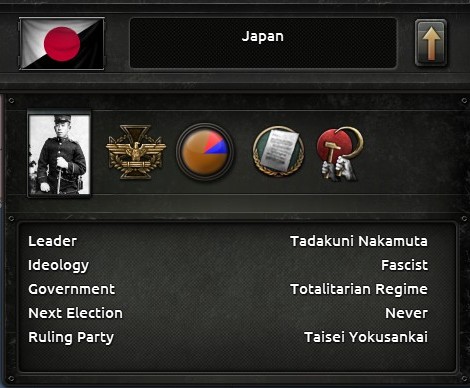

In the years following the Treaty of Edo, Japan has launched an ambitious and largely-successful rearmament program, fielding one of the largest armies and navies in Asia by 1936. This military expansion did not come cheap, however, with the resulting decline in economic conditions triggering a rise in radicalism amongst the general population.
This wave of extremism will have to be tackled before long, else the military government may find themselves below the ground far sooner than they’d like.
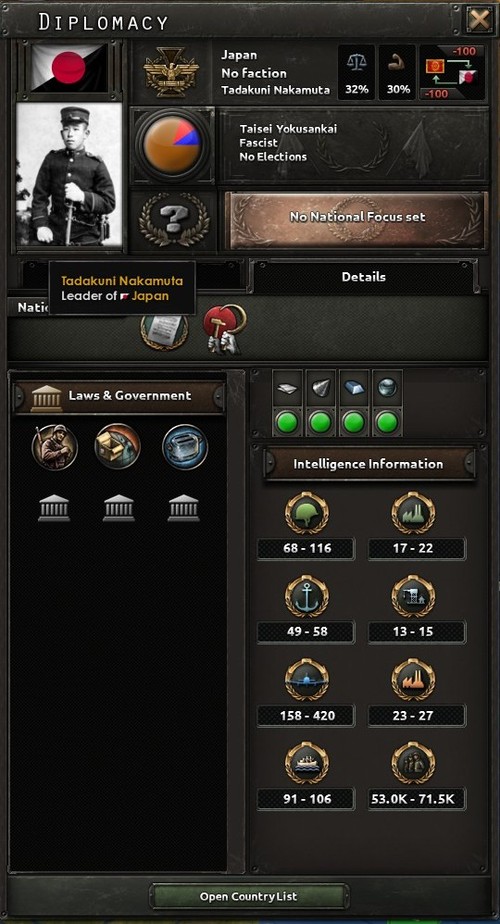


Across the stormy waves of the Pacific Ocean, meanwhile, the continents of Gharbia have not been immune to the recent instability. The Union of Berber Sultanates has proven to be particularly prone to market weaknesses and domestic unrest, weakening their once-indisputable hold on South Gharbia just enough for revolutions to take hold in the Occidental and Andean Republics, where anti-Imariz governments have already been established.
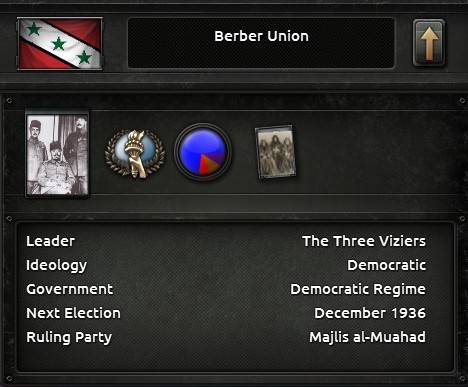
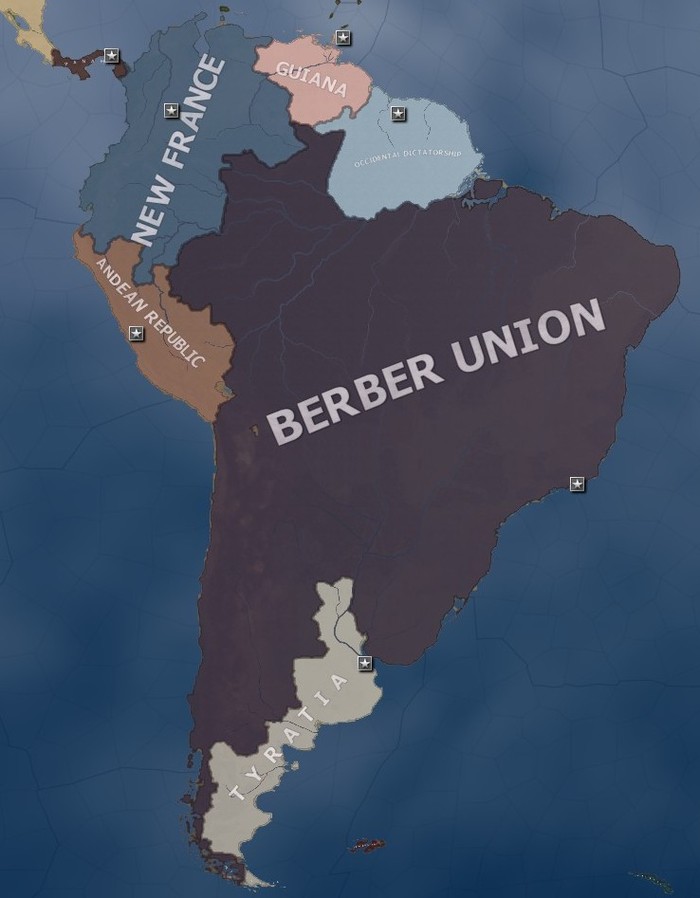
These unfavourable developments have forced Imariz to finally abandon their century-long policy of isolation, with the Three Viziers of Imjir, Walidrar and Nuquril determined to restore their puppets in neighbouring states, extend their influence into Ibriz and the Caribbean, and finally challenge the Kingdom of New England for the uncontested dominance of Gharbia.


In response, Charles Windham of New England has adopted an equally-aggressive policy, with the Prime Minister already working to strengthen his puppet in Taghzir, fortify his allies in Panama, and even restore the “democratic” regime in North Ibriz, recently-overthrown by an Islamic revolution.
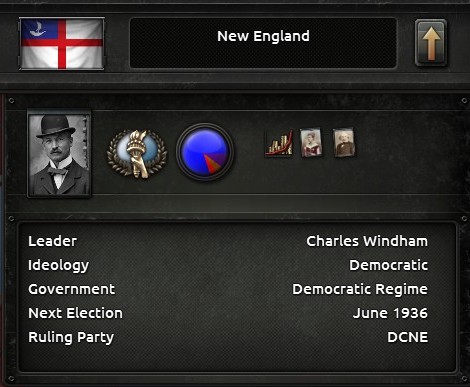

And with the world’s largest navy at his beck and call, the Prime Minister isn’t a man to be underestimated, hindered only by the market panics plaguing the western democracies, along with a number of highly-publicised scandals and corruption allegations.




For now, however, the Berber Union and New England are both content to watch and wait. The tensions simmering between the People’s Republic of Ibriz and the Islamic Republic of Ibriz have manifested in a series of border conflicts, with bullets exchanged and lives lost already.
War is on the horizon, that much is certain, promising to plunge the entirety of the western hemisphere into chaos and bedlam with it.

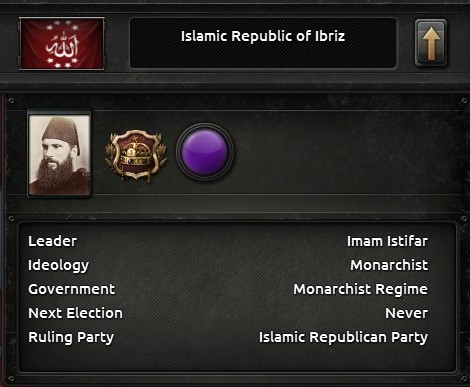

With that short summary overwith, we can turn back to the Socialist Union of Iberia, the bastion of communism in the West.
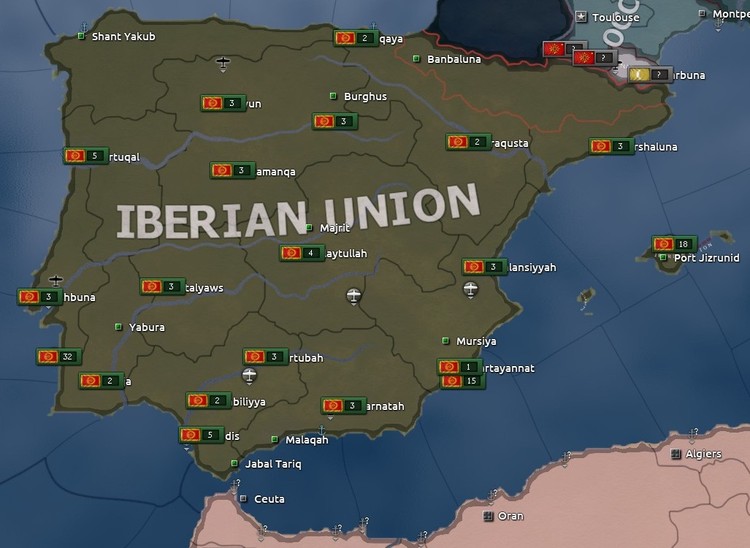
Iberia was left weaker than ever in the aftermath of the Great War, but has rapidly recovered in the decade that followed to emerge as one of the dominating powers in Europe once more, with a formidable standing army and respectable navy, although both remain heavily outnumbered by Frankish and Moroccan forces.


The past decade has also seen the communist regime solidify their grasp on power, led by the watchful and capable Maz Mazin, with the Supreme Leader ruthlessly crushing any opposition movements, determinedly expanding local industries and relentlessly pursuing secret rearmament schemes.
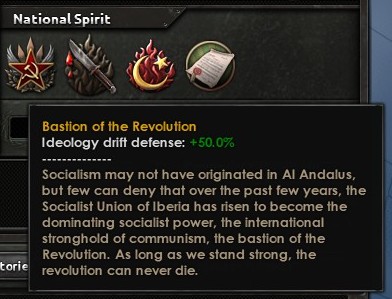


Any attempts to properly re-arm have been heavily hampered by the terms of the Treaty of Prague, however, with the peace also mandating the forced demilitarisation of the Pyrenees — a humiliating condition that continues to irk the politicians of Iberia.
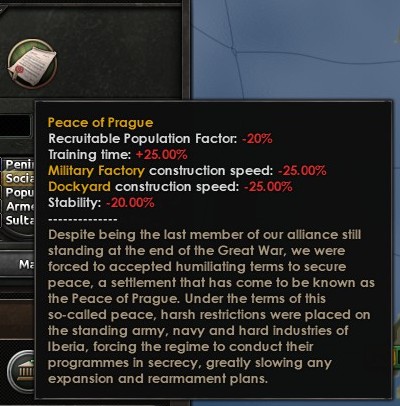
That said, the Peace of Prague hasn’t halted rearmament efforts, not by a long shot.
Thanks largely to the efforts of Maz Mazin, the Red Army currently stands at 350,000-strong, composed of a strong core of experienced infantry and reinforced with a few armoured divisions. The army is organised into two defensive lines, one of which stretches along the southern coast of Iberia, and the other just short of the demilitarised zone. Regional levies have also been raised in recent months, though they are ill-trained and poorly-armed, largely assigned to garrison duty in rebellious cities and important harbours.
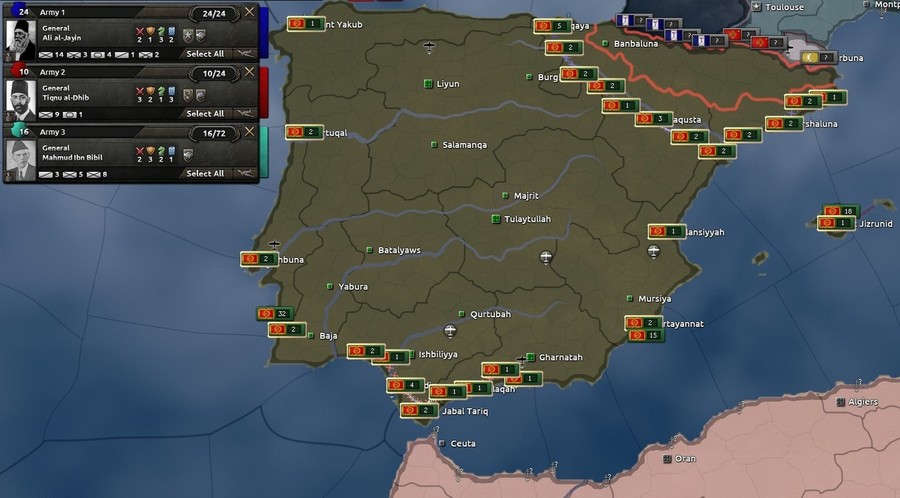

The Red Navy has also enjoyed some growth in recent years, divided into three squadrons — the Atlantic Fleet, based at Al-Gharb and comprised of 3 battleships, 5 heavy cruisers, 6 light cruisers and 18 destroyers; the Mediterranean Fleet, based at Port Jizrunid and comprised of 2 battleships, 4 light cruisers and 12 destroyers; and the Submarine Fleet, based at Qartayannat and comprised of 15 submarines.
The vast majority of these vessels were constructed over the past decade, so they are fairly modern and very promising, albeit severely lacking in combat experience.

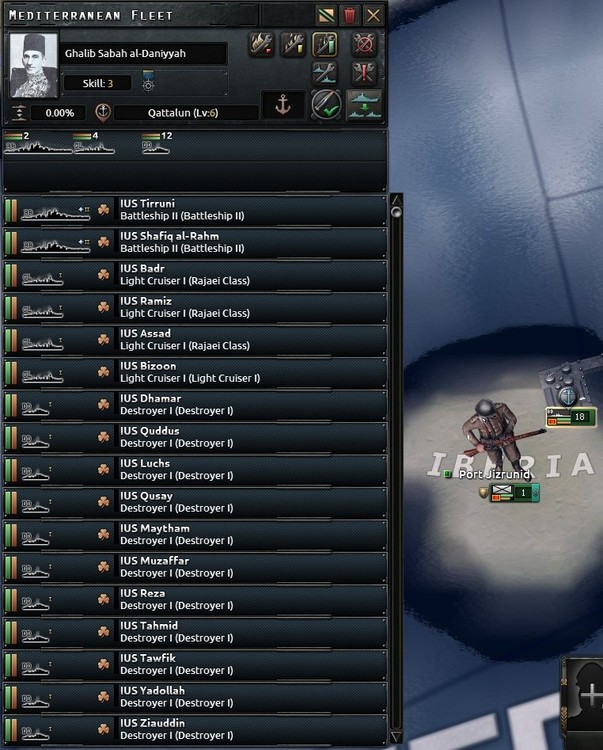

As for industry, most of our military factories are currently tasked with closing the equipment deficit, whilst dockyards are geared towards destroyer and submarine production. There is also heavy investment into construction of new military and civilian factories, along with the occasional dockyard, though a considerable amount of factories are still tied down in the production of consumer goods.
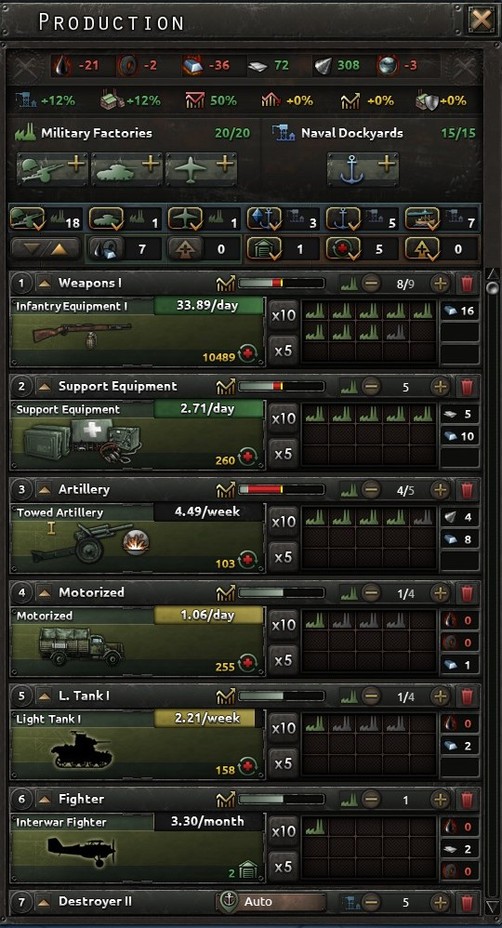
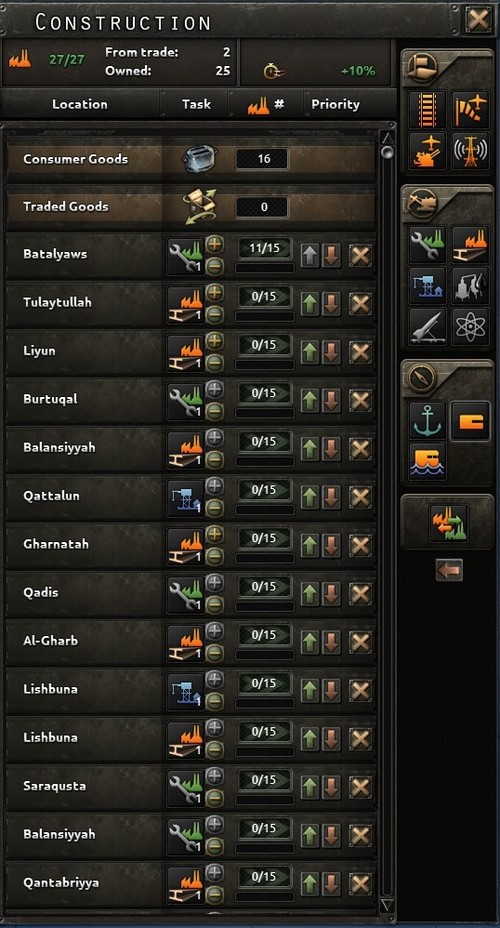
The immediate future of Iberia is precarious and uncertain, to say the least, with the union surrounded by enemies and outnumbered on every front. That’s not to say our doom is set in stone, however, with a wealth of possibilities to explore, potential allies in unforeseen places, and undiscovered weapons that promise to change the very face of the earth.

These past ten years may have given us a merciful respite, but they’ve been nothing more than a lengthy armistice, one that will break very soon. We’re reaching the last leg now, and with the end in sight, there is no room left for any lapses.
It’s been a long story, with highs and lows for everyone involved, but this chronicle is finally coming to a close.
Ledger:
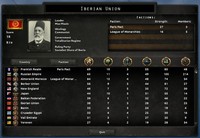
World map:

Factions map:
